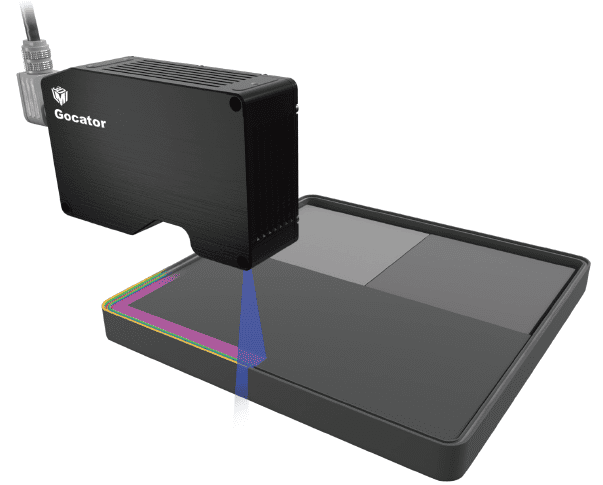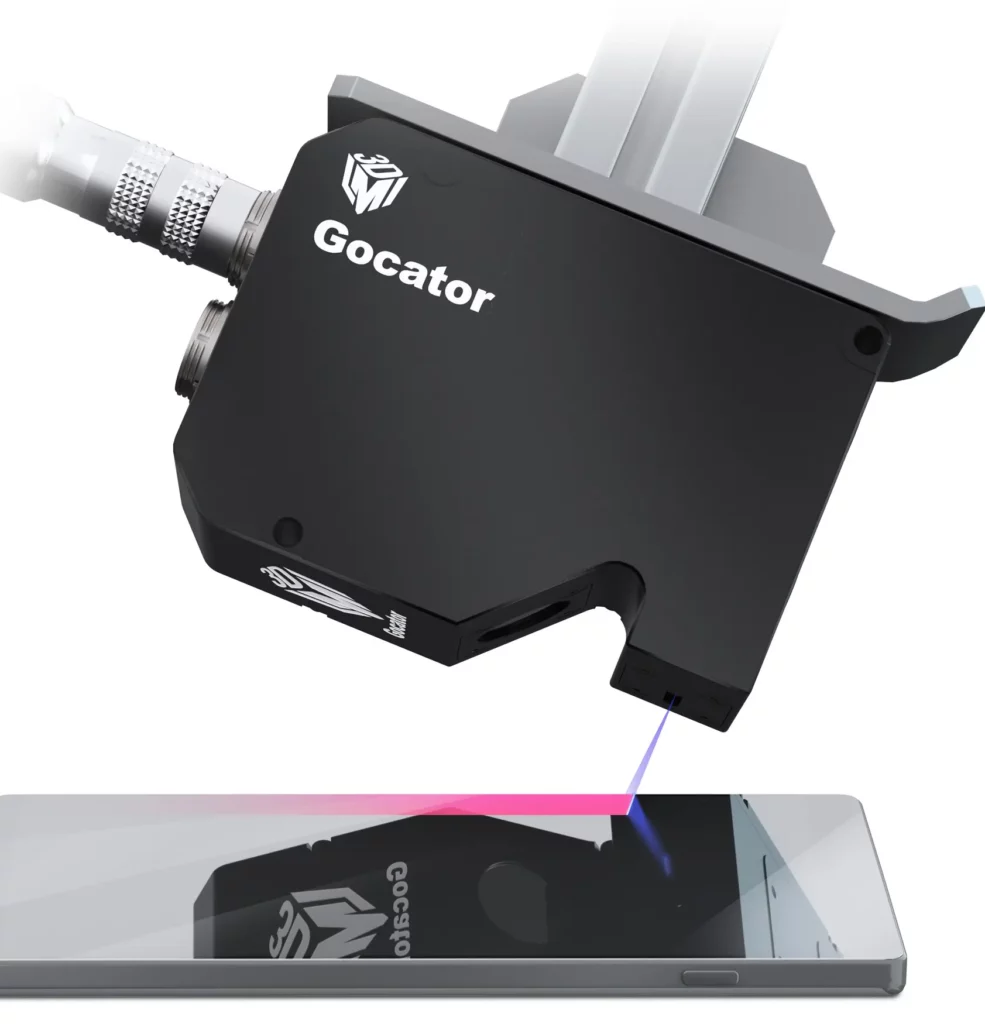Adhesive and Sealant Inspection
The inspection of adhesives and sealants (typically applied as beads) is
a critical quality control step in the assembly of electronics. To meet this
challenge, Gocator all-in-one 3D smart sensors offer a complete solution
to ensure correct bead volume and location without overflow or breaks.
Welcome To Datasensor
As a leading distributor of Industrial Automation products
Datasensor Started in 1984 (India), it was established by Dr. N Chandrashekhara in Bengaluru, Karnataka. As a leading distributor of industrial automation products, Datasensor represents many leading companies such as Datalogic, Micro Detectors, Teledyne Dalsa and Neousys to name a few.
Create new products, reduce cost and risk, and enable the manufacturing. Innovations enabled by the Steeler institutes results in products that assist workers, make buildings safer, consume less energy. There are many variations of passages of Lorem Ipsum available but the majority have suffered that a alteration in that some form by injected .


Harry Oliver,
CEO of Steeler Industrial

The Application
Adhesives and sealants are used in a wide range of applications
in consumer electronics. Whether they are applied as
continuous or individual beads, it is important to verify correct
volume and location before moving to the next assembly step.
Excess volume can result in leakage and rejection of the final
part. Alternatively, insufficient or broken beads can lead to poor
adhesion or seal and premature failure as a result.
The Implementation
A Gocator line profiler is mounted on a robot or dispenser to scan the adhesive
or sealant after it is applied to open or groove-filled surfaces. Scanning after
dispensation ensures the beading is properly applied and within the correct
tolerance.
Gocator provides built-in measurement tools to set up automatic pass/fail
requirements. These tools can detect excessive coating, dents/gaps, or flaws
(incorrect position). For example, to calculate the correct position of the
adhesive bead, the width between the bead and the edge of the part can be
measured using the Surface Dimension tool (top image) at chosen locations.
Additional measurements, such as height, length, and angle can be applied to
ensure adherence to desired shape. In Profile mode, the sensor calculates the
amount of material applied using the Profile Area tool (bottom image). This
can be achieved continuously in real-time and produce multiple profile crosssections along the target.
Built-in measurement tools, including Surface
Dimension and Profile Area for calculating bead
volume and location
The Benefits of 3D
2D technology cannot be used for adhesive and sealant
inspection because 2D images are unable to distinguish
transparent glues from the surrounding area. Gocator 3D
smart sensors provide features for scanning materials
that vary from transparent to opaque, including multiple
exposure and automatic top surface detection.
In addition, 2D is unable to measure height data and
volume. Gocator 3D smart sensors, in comparison,
provide high-resolution height data, which allows users
to accurately determine bead location and volume.


Let us know your requirements
Just send us your questions we will give
you the help you need.
you the help you need.







